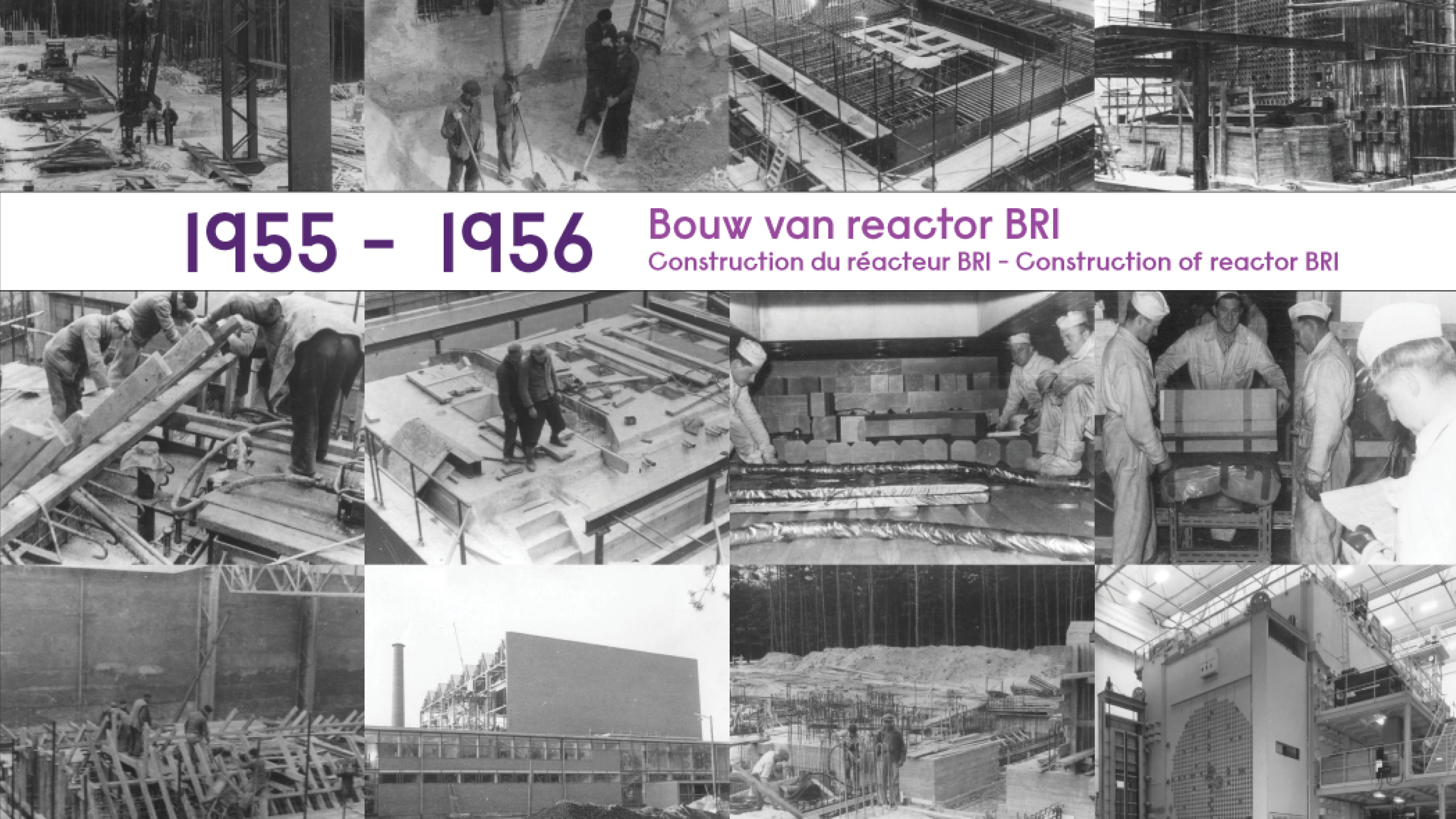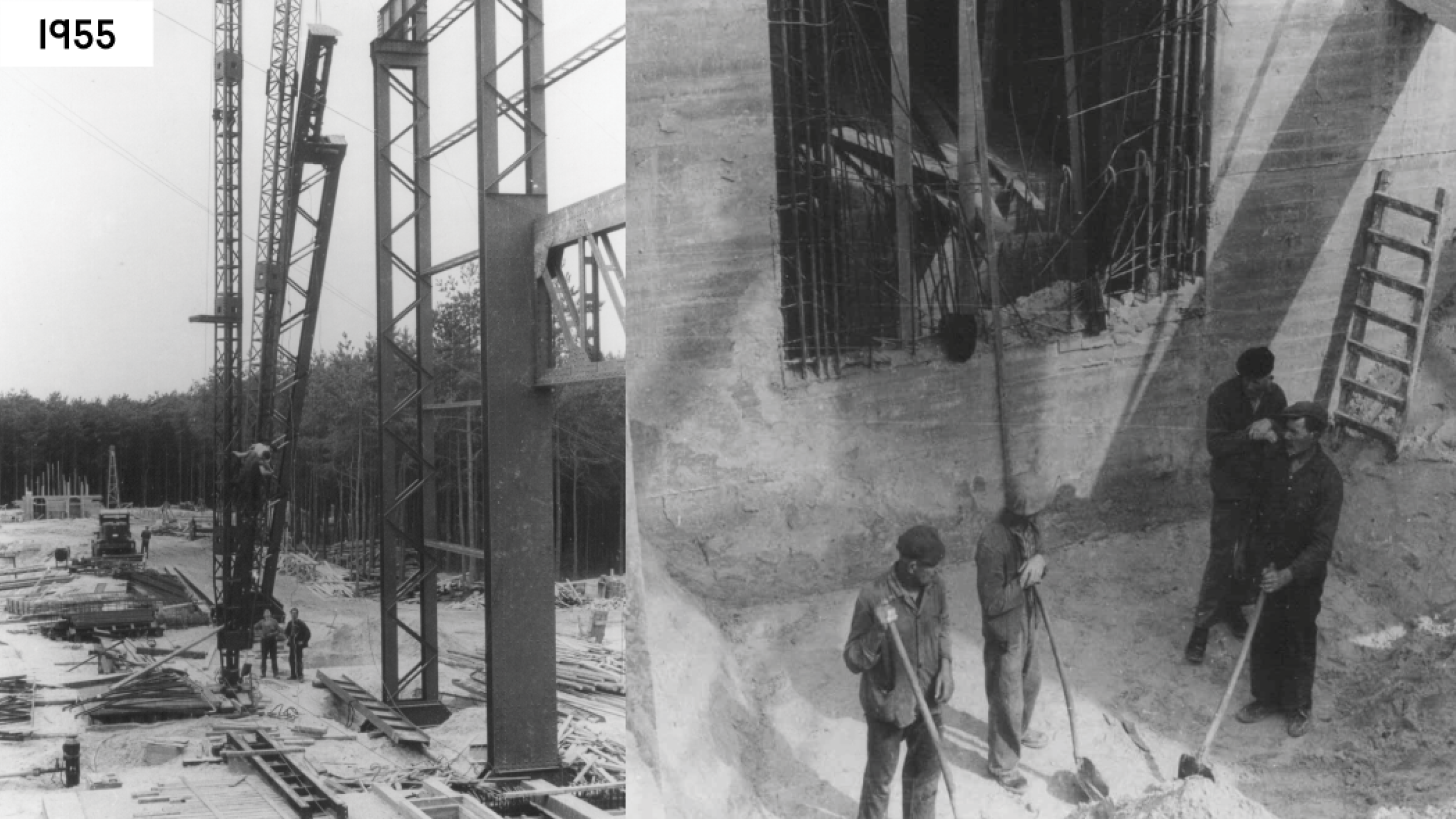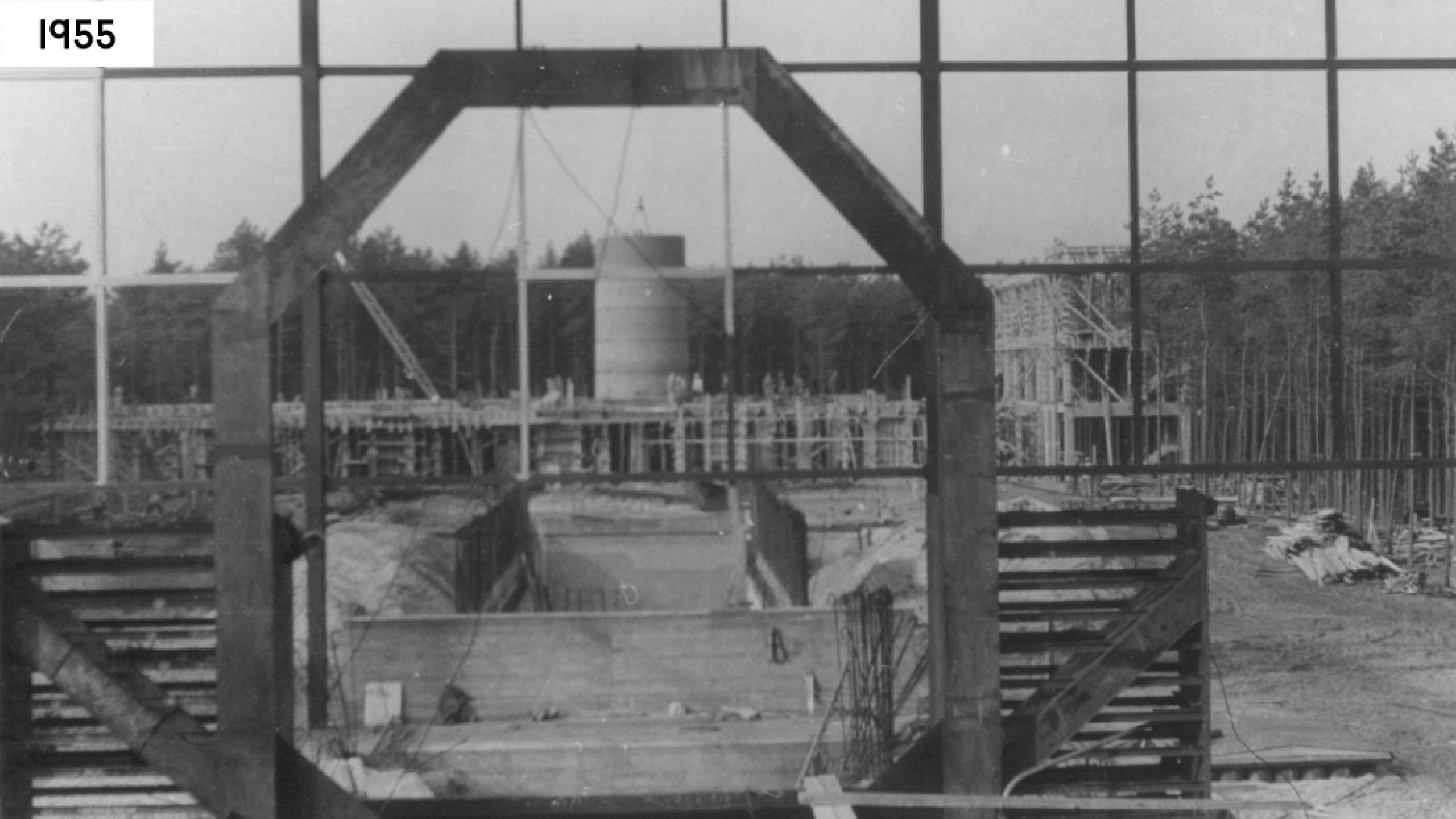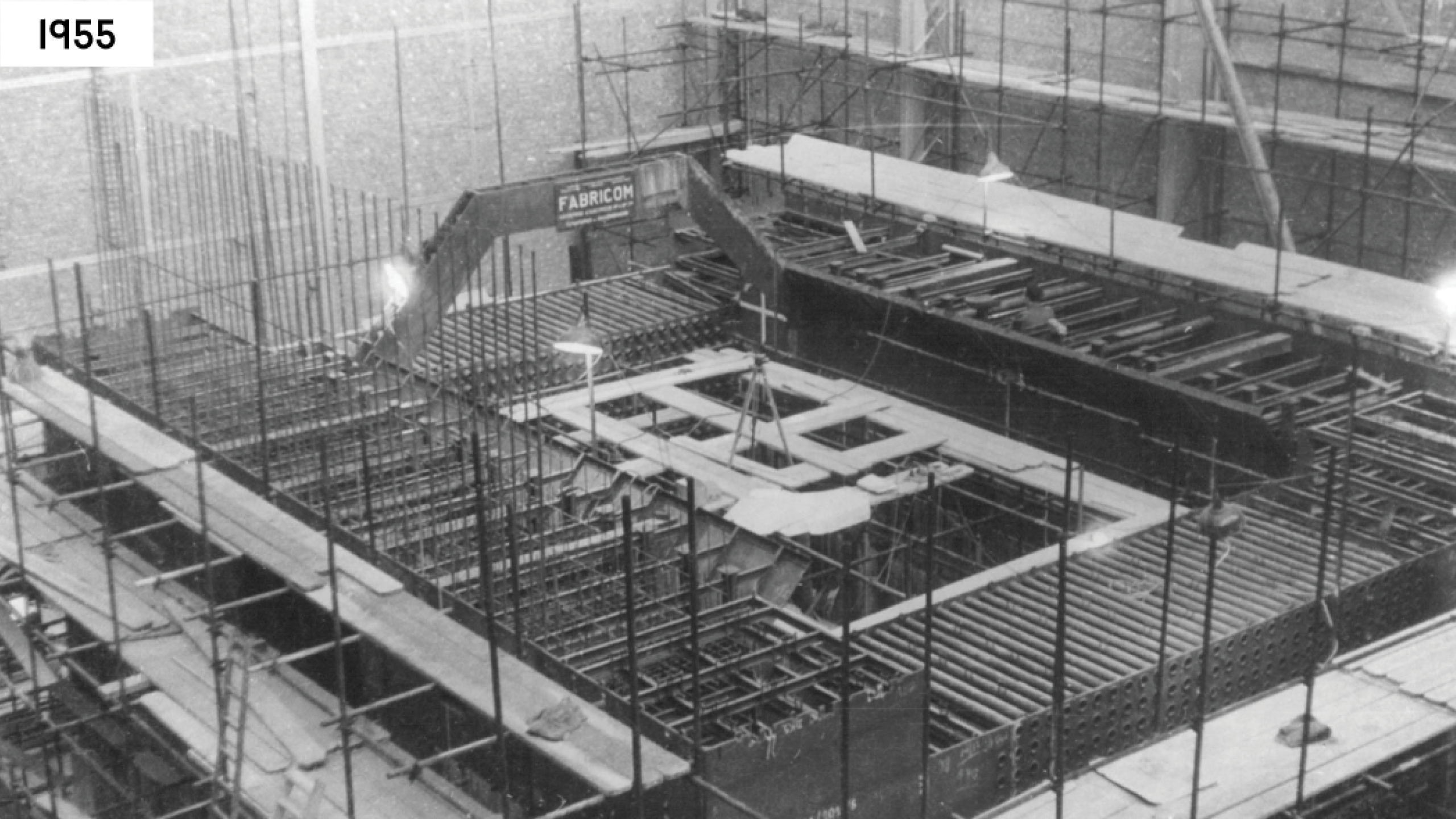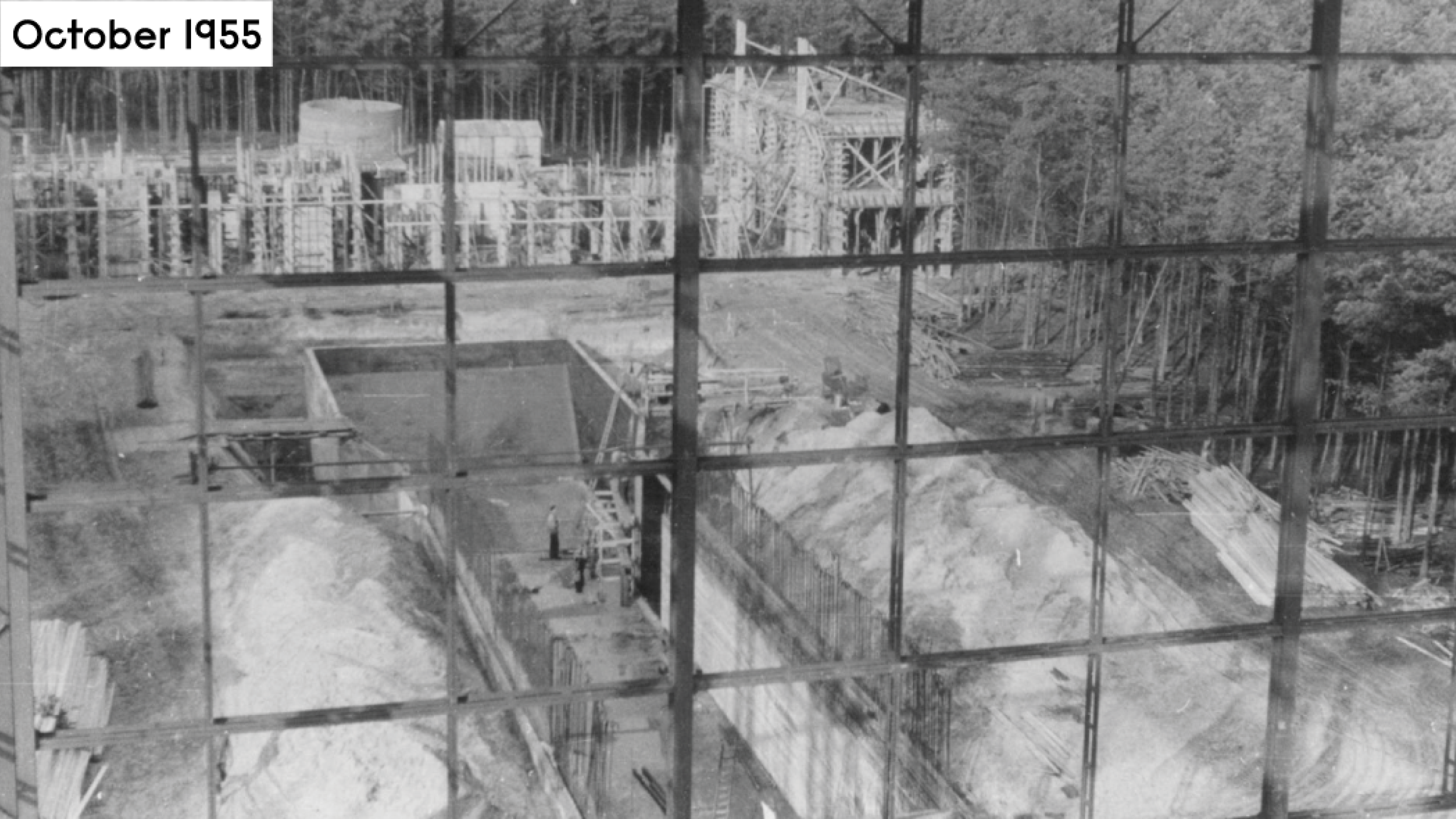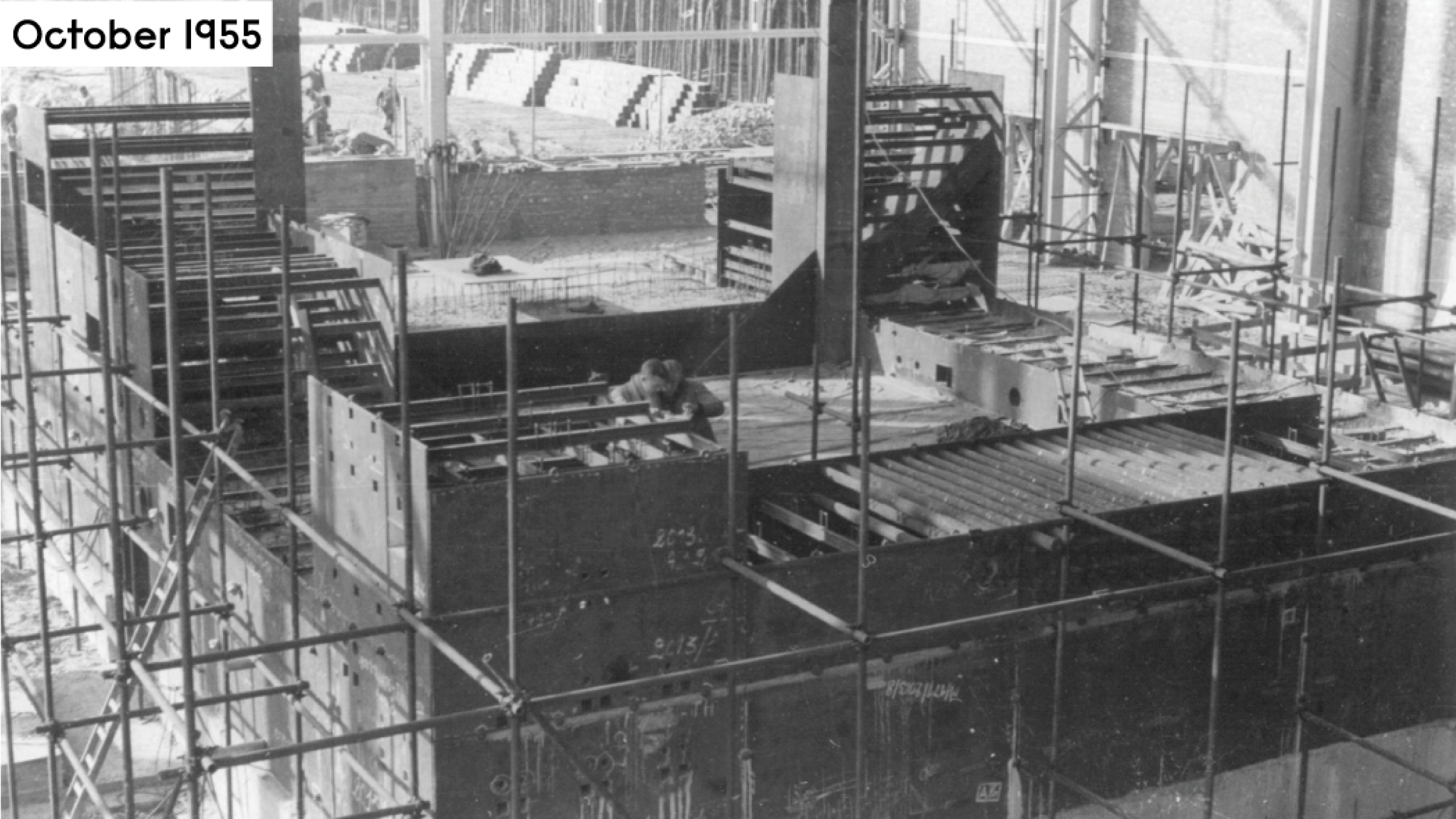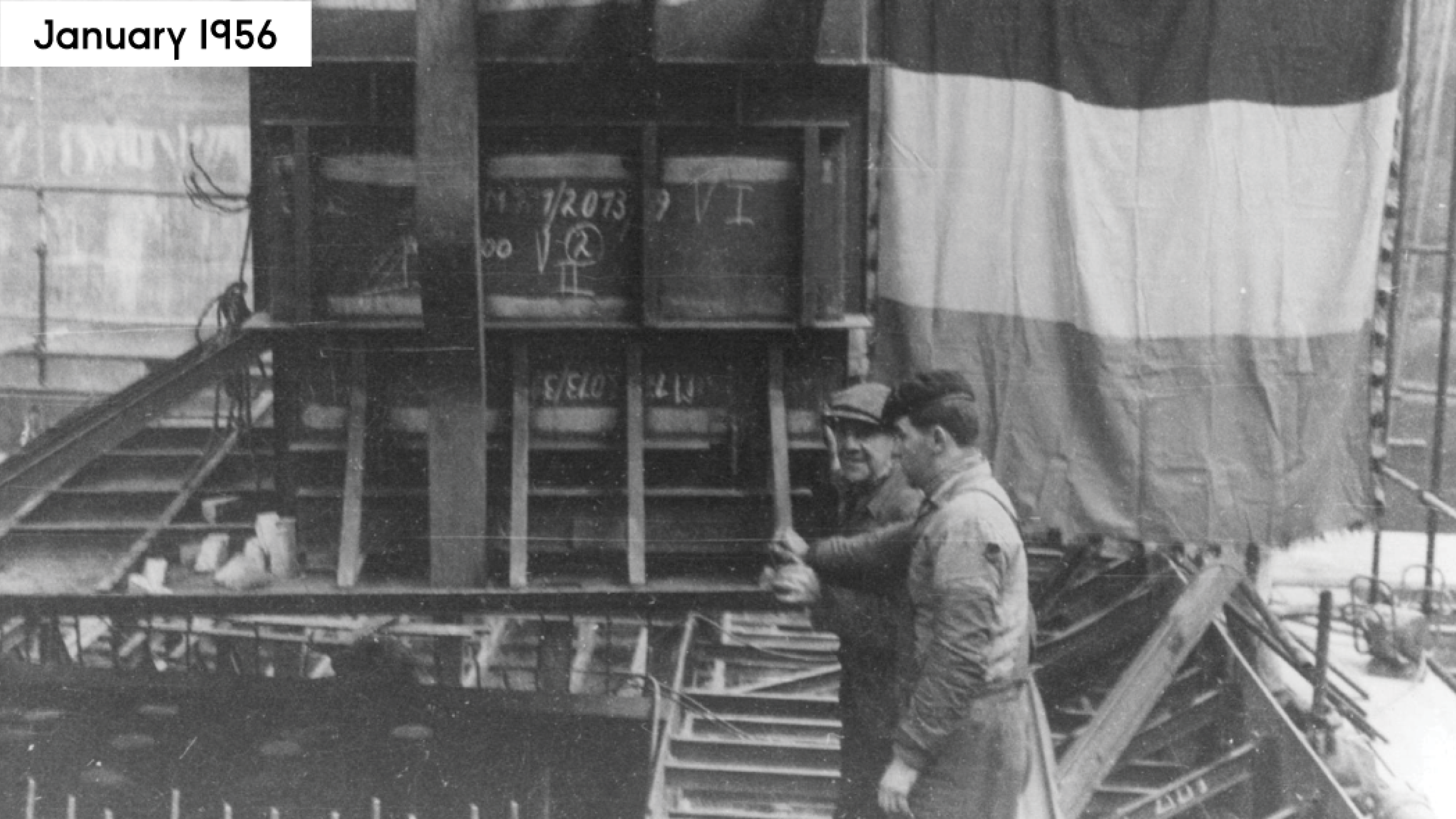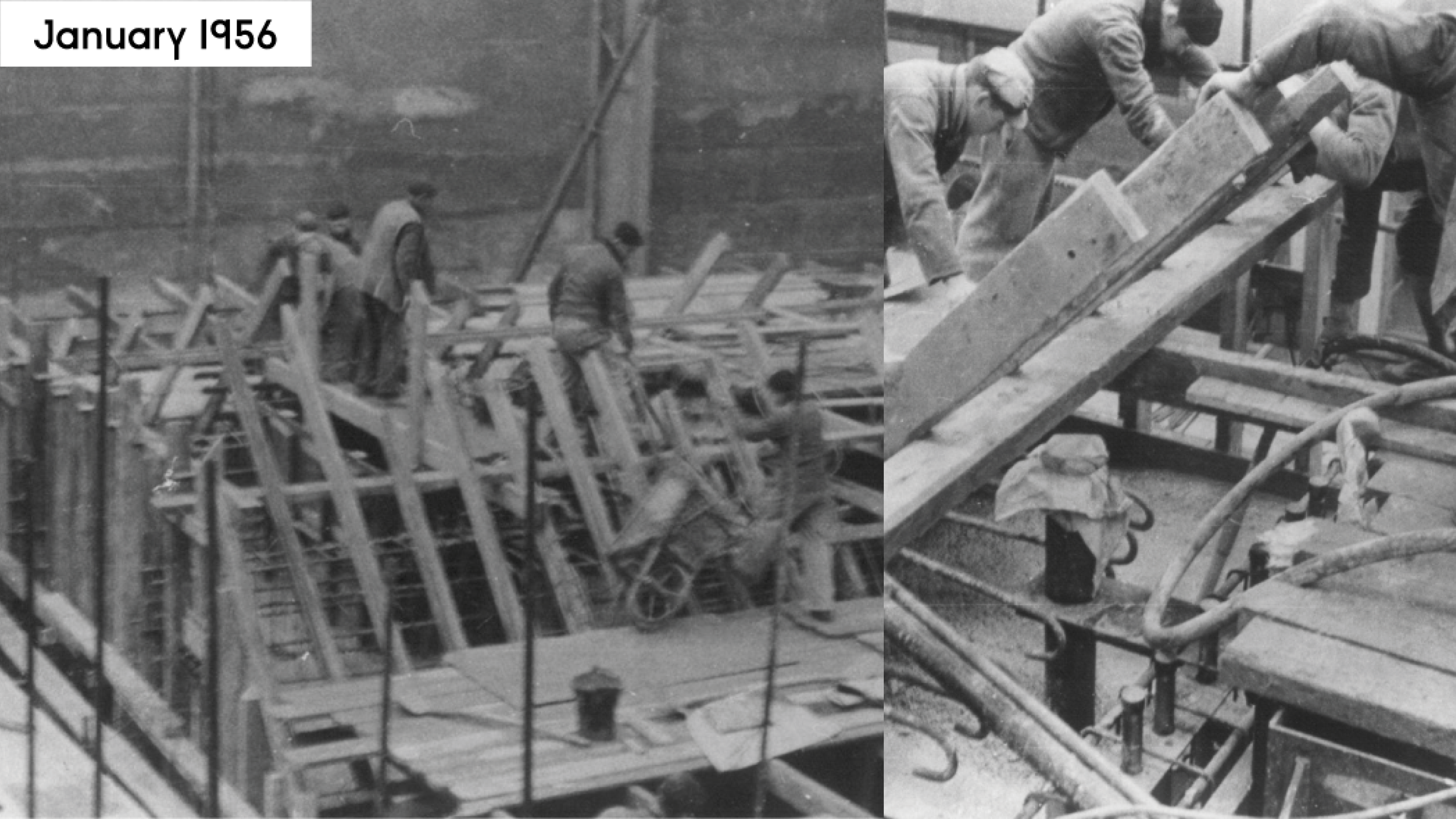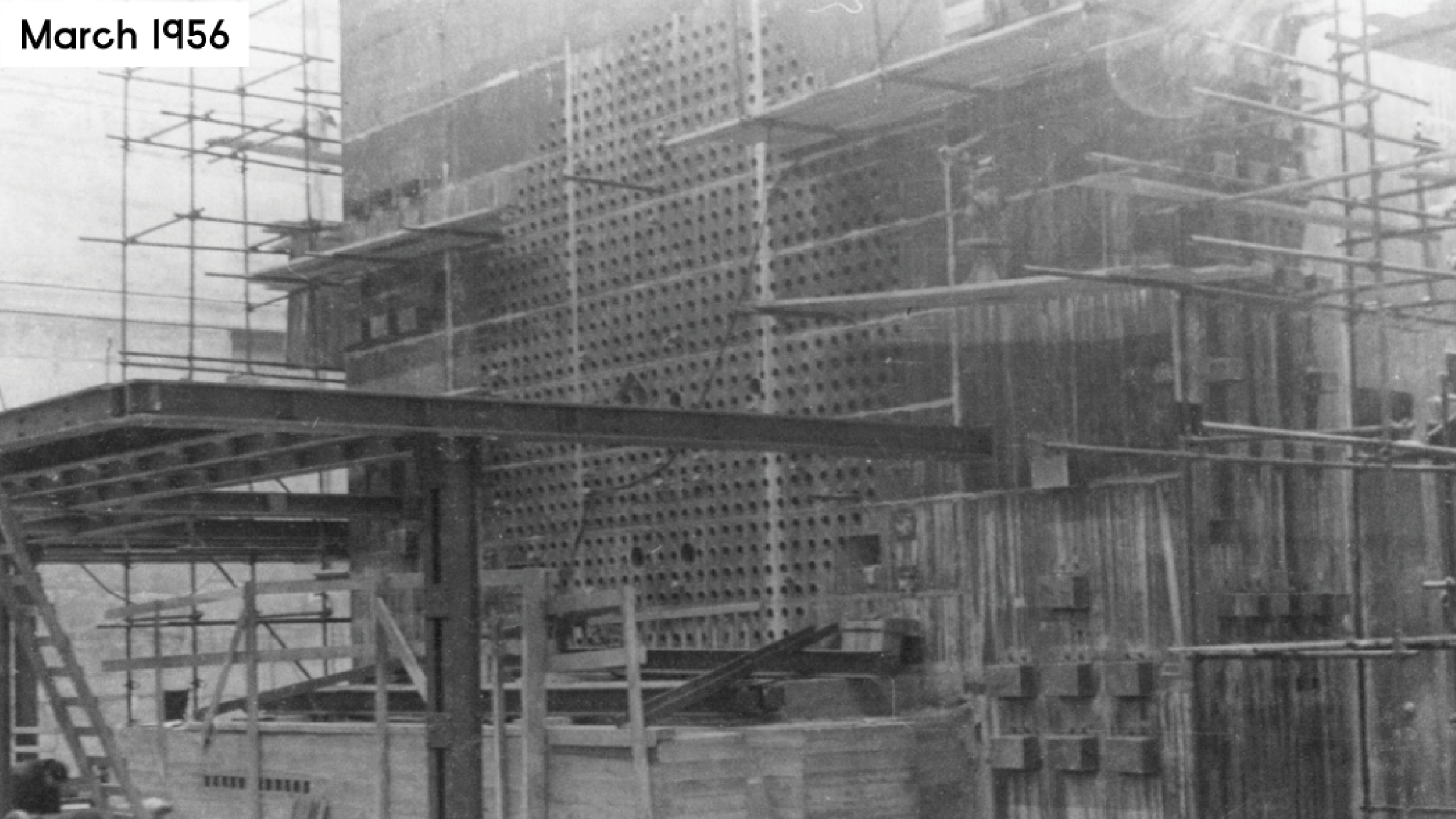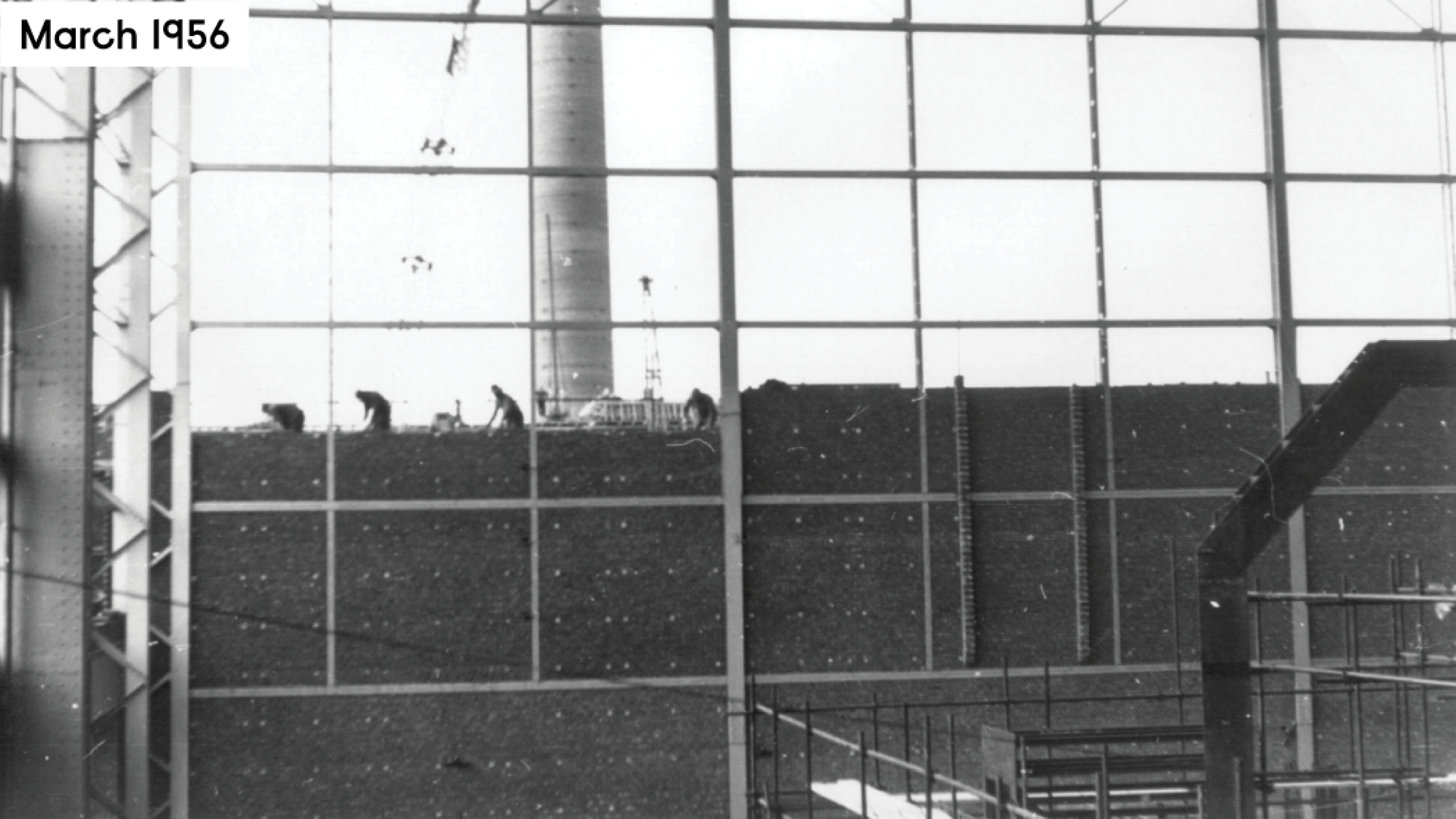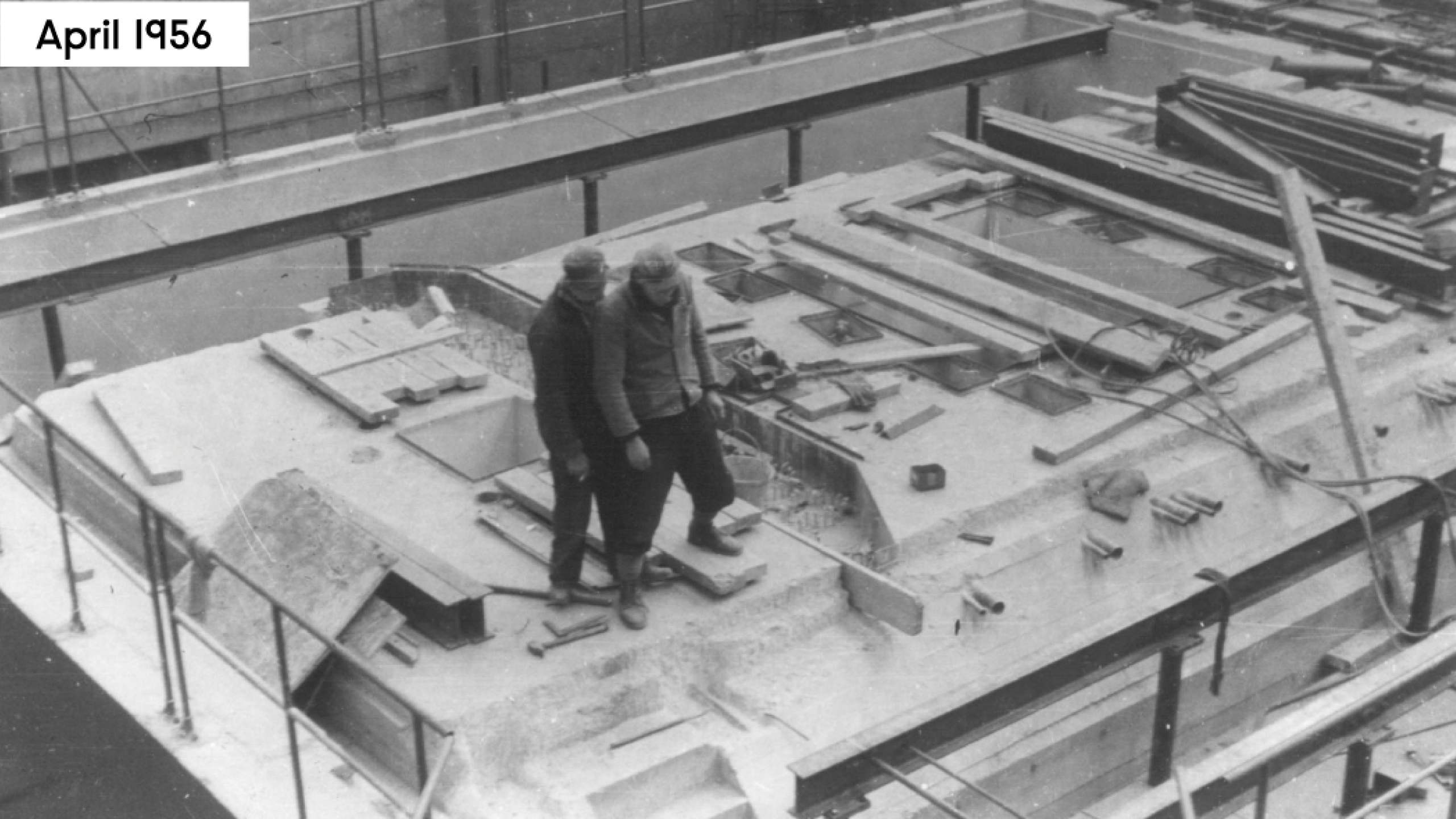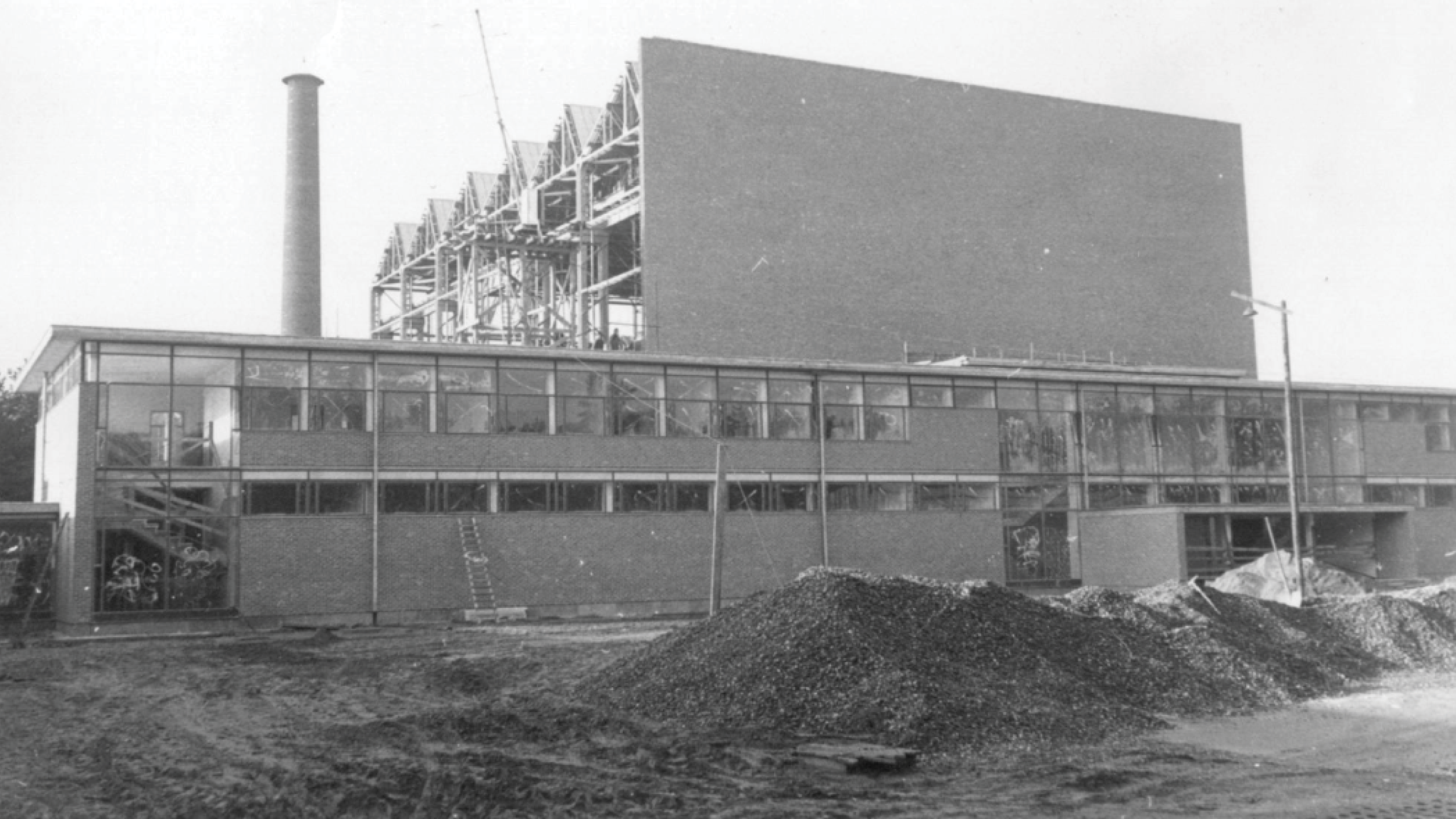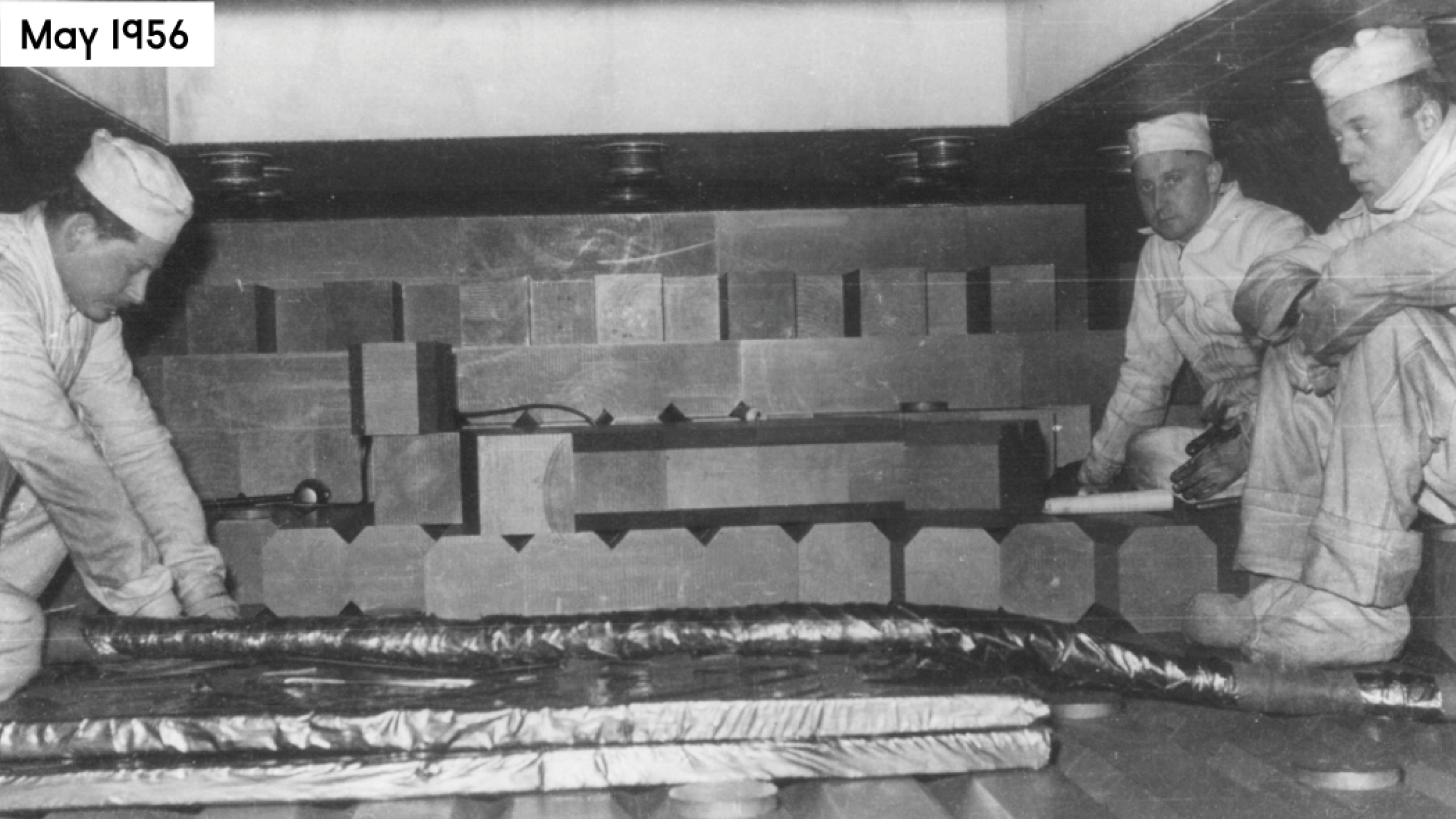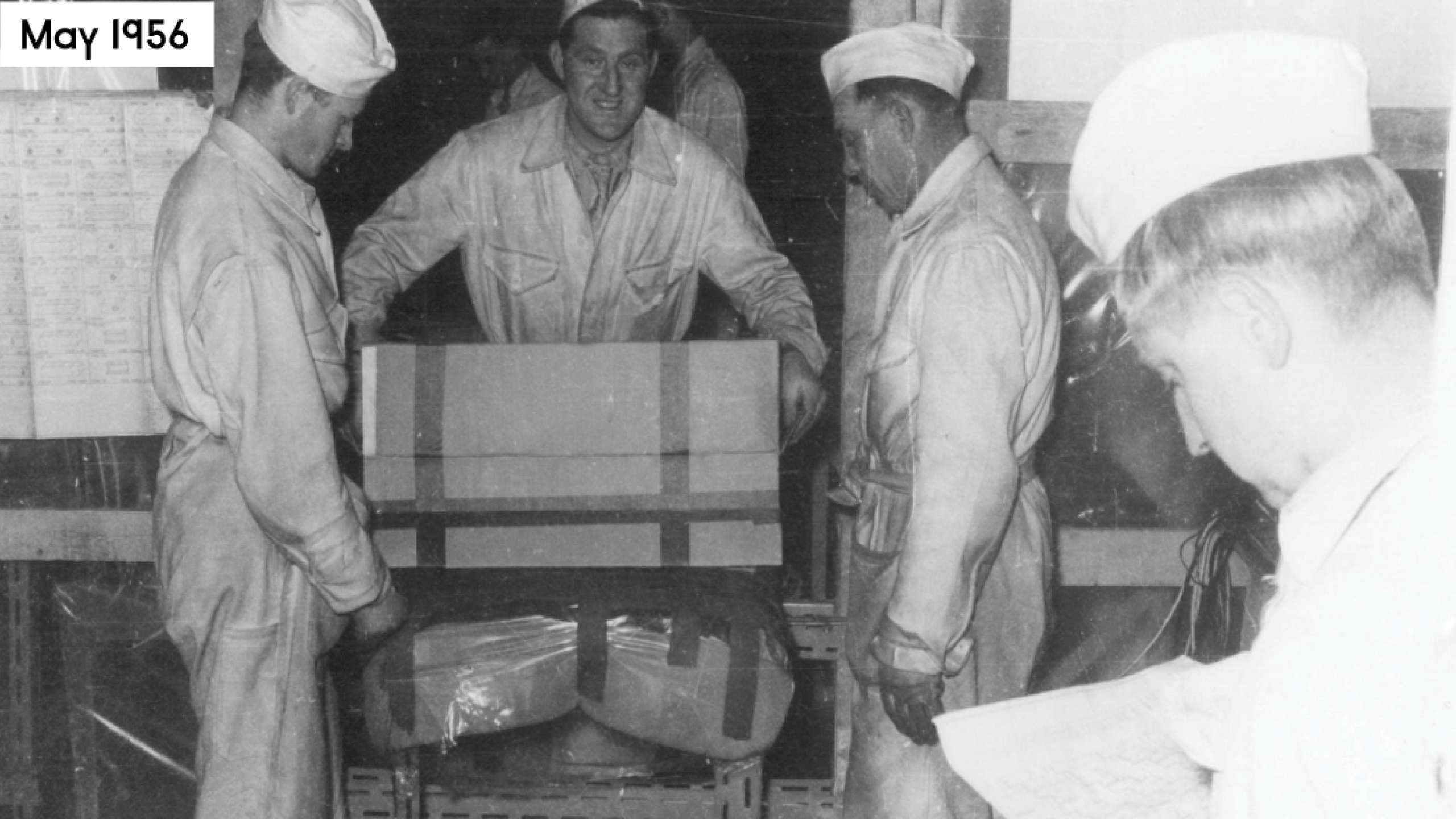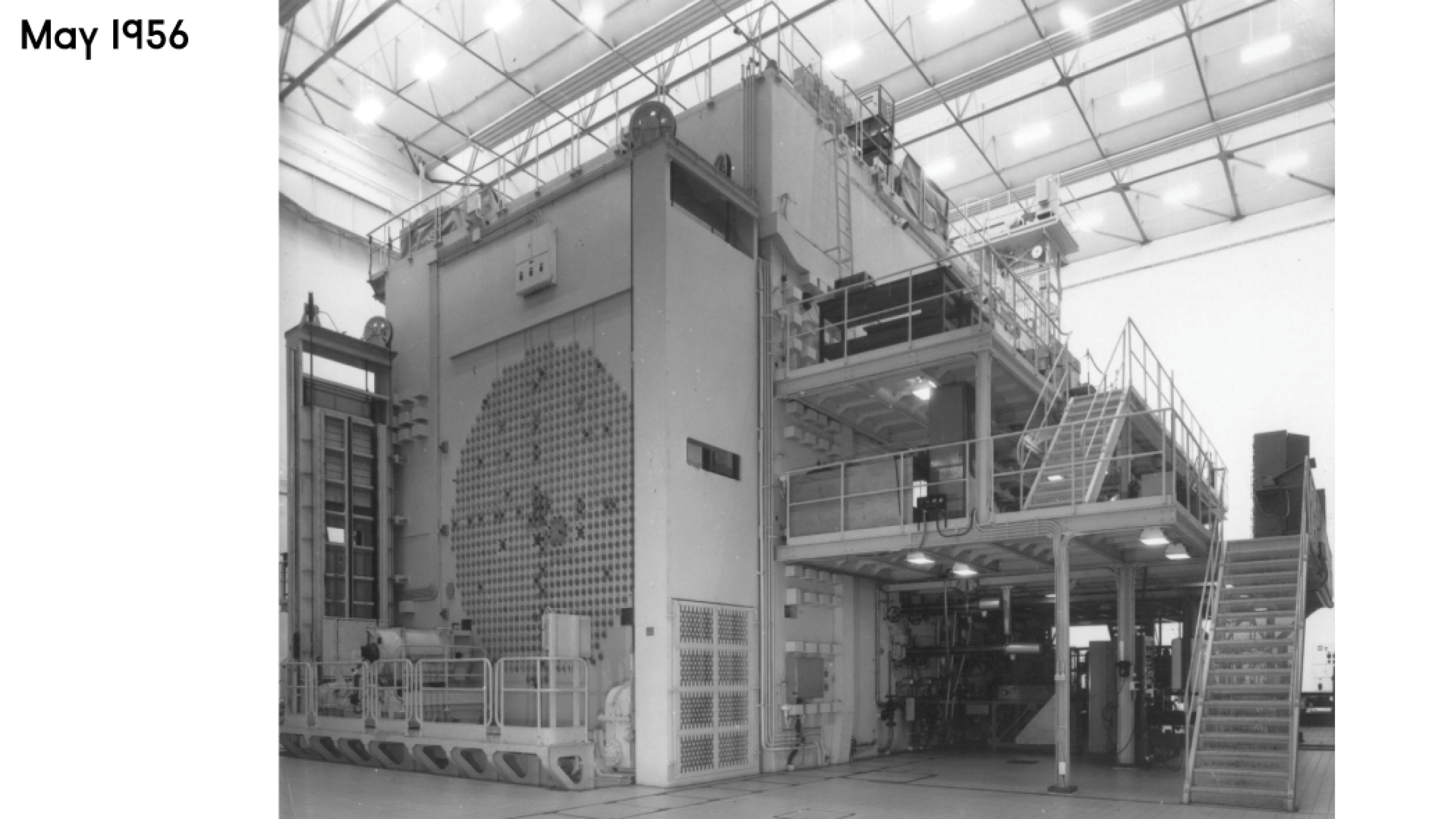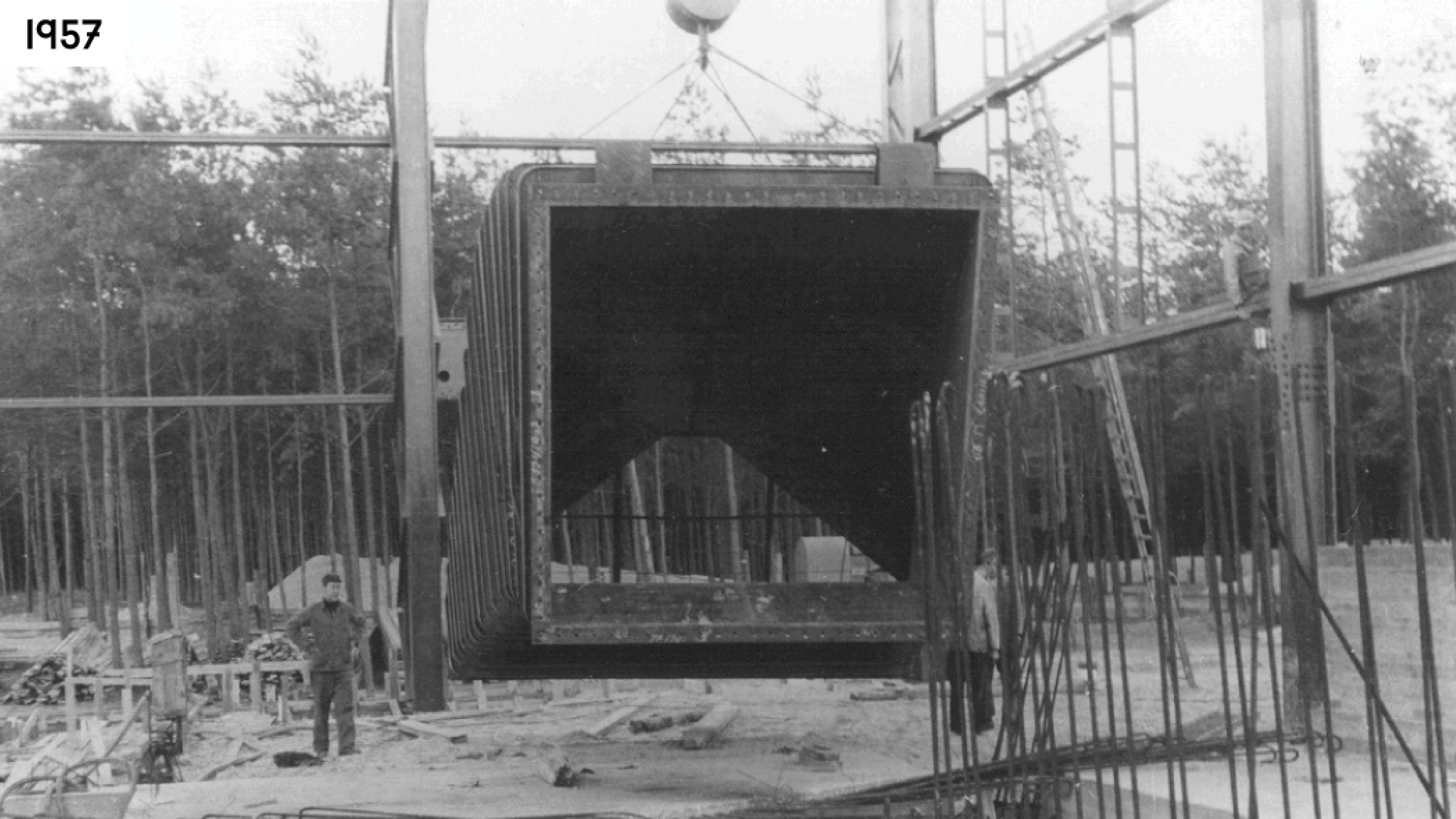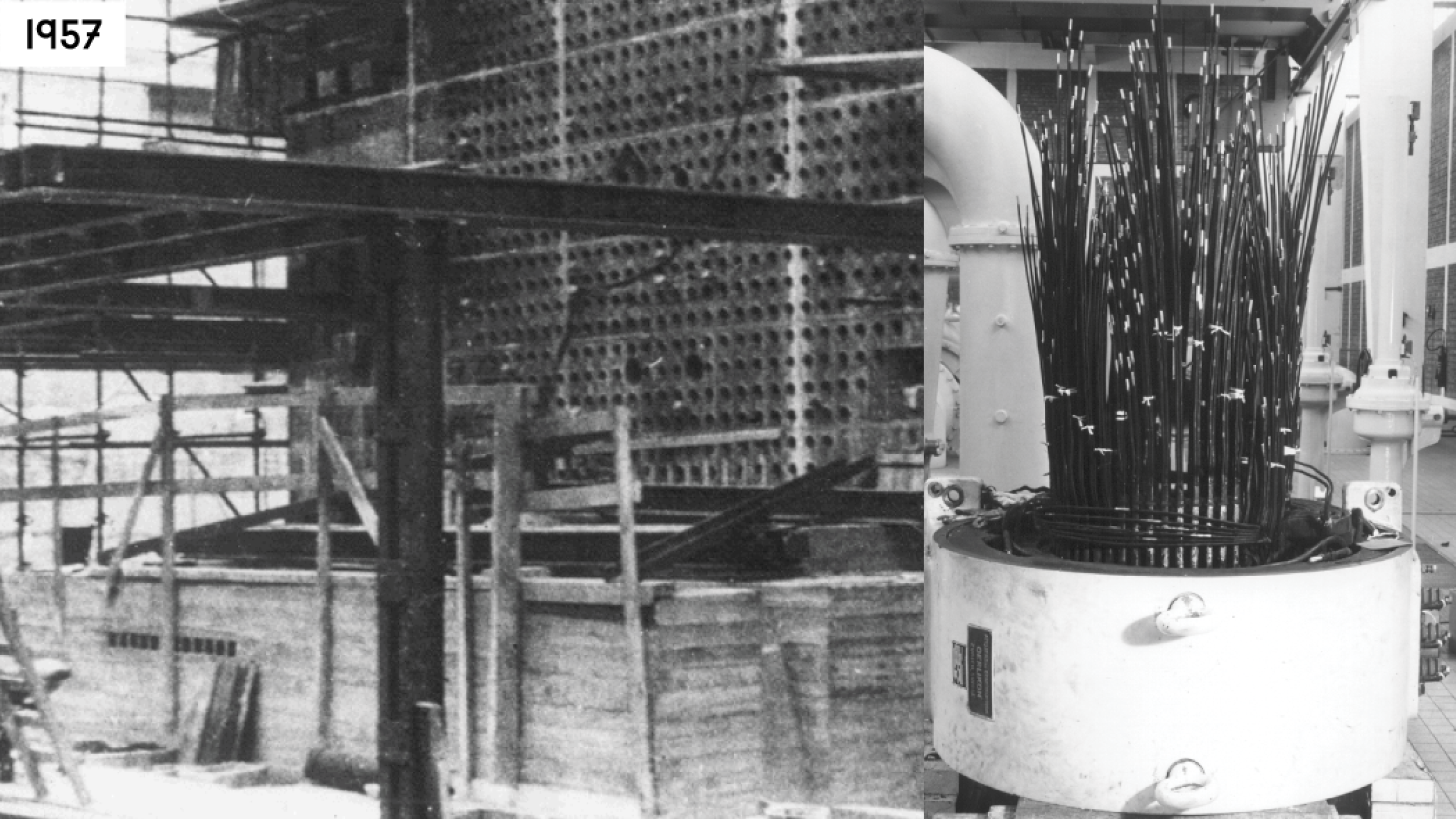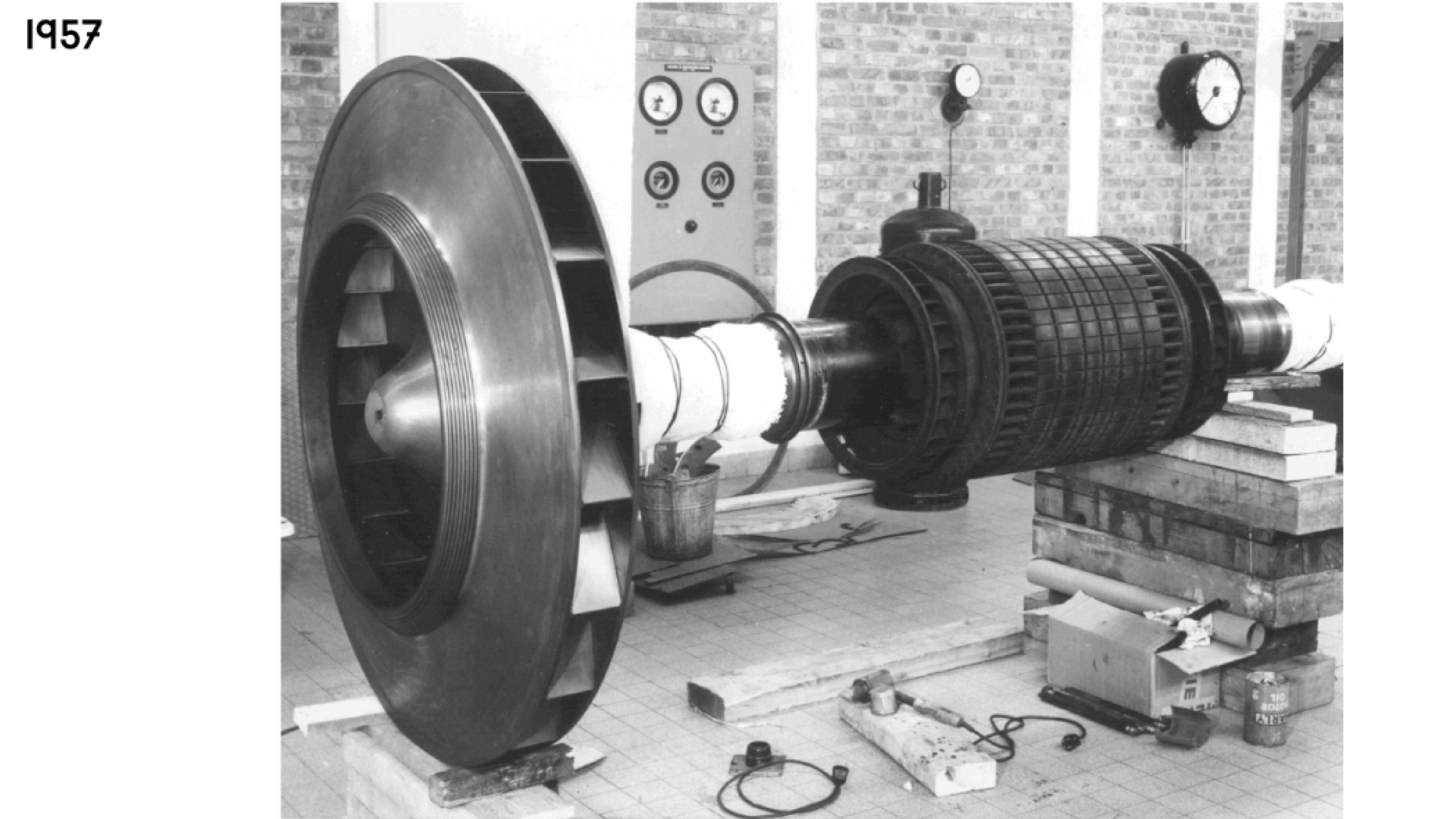BR1 - Belgian Reactor 1
A fixture
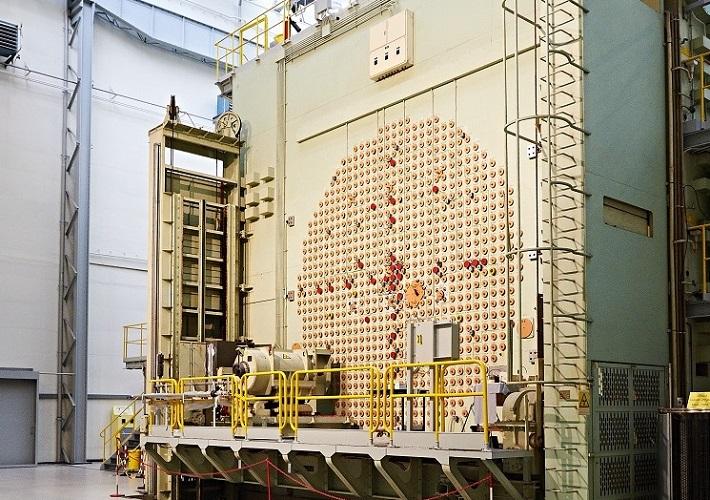
The oldest active reactor in the world
BR1 or Belgian Reactor 1 is our country's first nuclear reactor and today, it is also the oldest active reactor in the world.
It was started for the first time in 1956. Today – nearly 70 years later – it is still active. And fortunately so, because it is a vessel of knowledge from which we are still learning a lot today.
Air-cooled & flexible
The Belgian Reactor 1 (BR1) is the first research reactor in Belgium. This air-cooled graphite-moderated reactor was commissioned in 1956 and excels in flexibility. At first, the research reactor was used primarily for research into reactor and neutron physics and the production of radio-isotopes. Now, it is being used for the irradiation of components, the calibration of measuring instruments and for performing analyses and training nuclear experts.
BR1 operates by order of other research centres, universities and the industry.
BR1 activities
What are we doing with BR1 today?
-
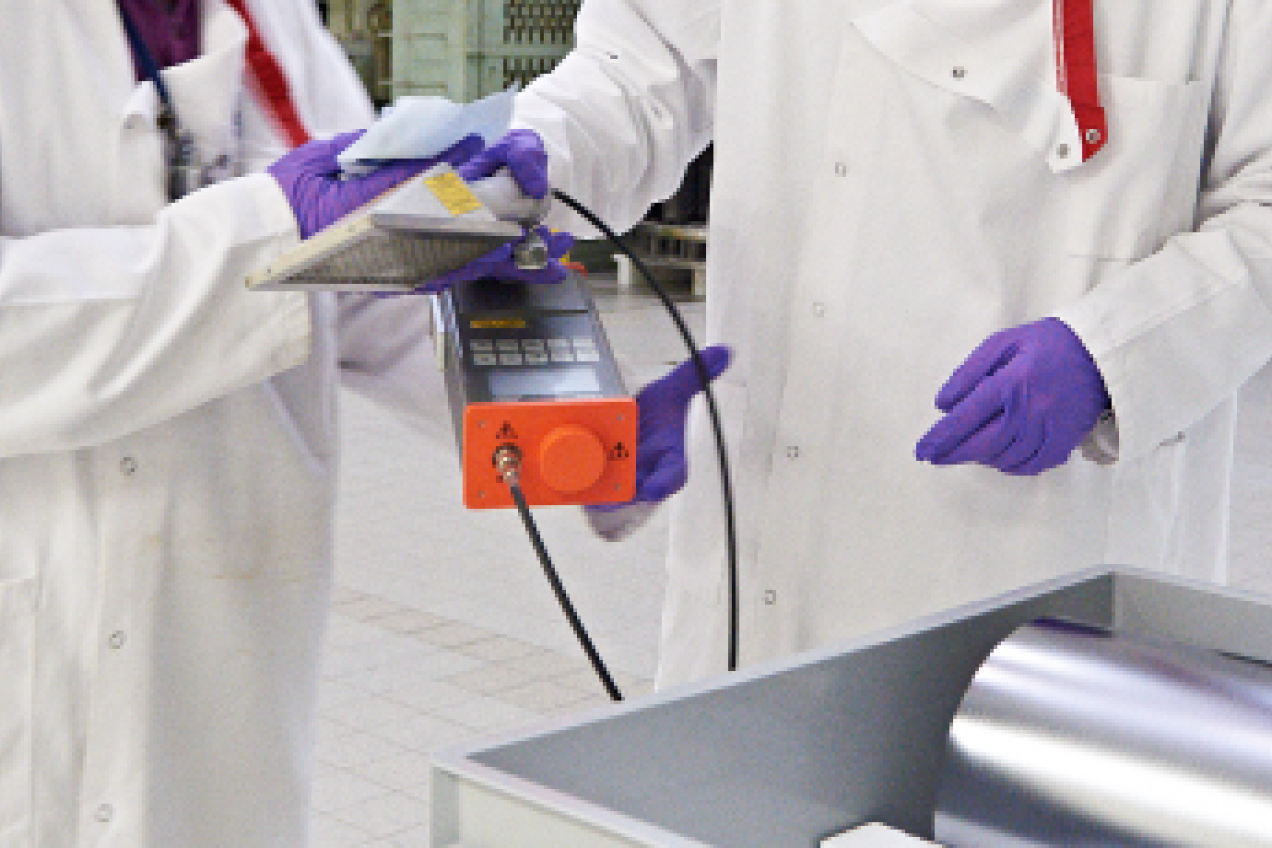
Simulation of cosmic radiation
Did you know that components of satellites and spacecraft are affected by space radiation? Before sending your equipment on a space mission, you have to know how long components are going to last. This is what SCK CEN is studying, because with BR1 we simulate cosmic radiation. This allows us to predict the exact quality and lifetime of the smallest component.
-
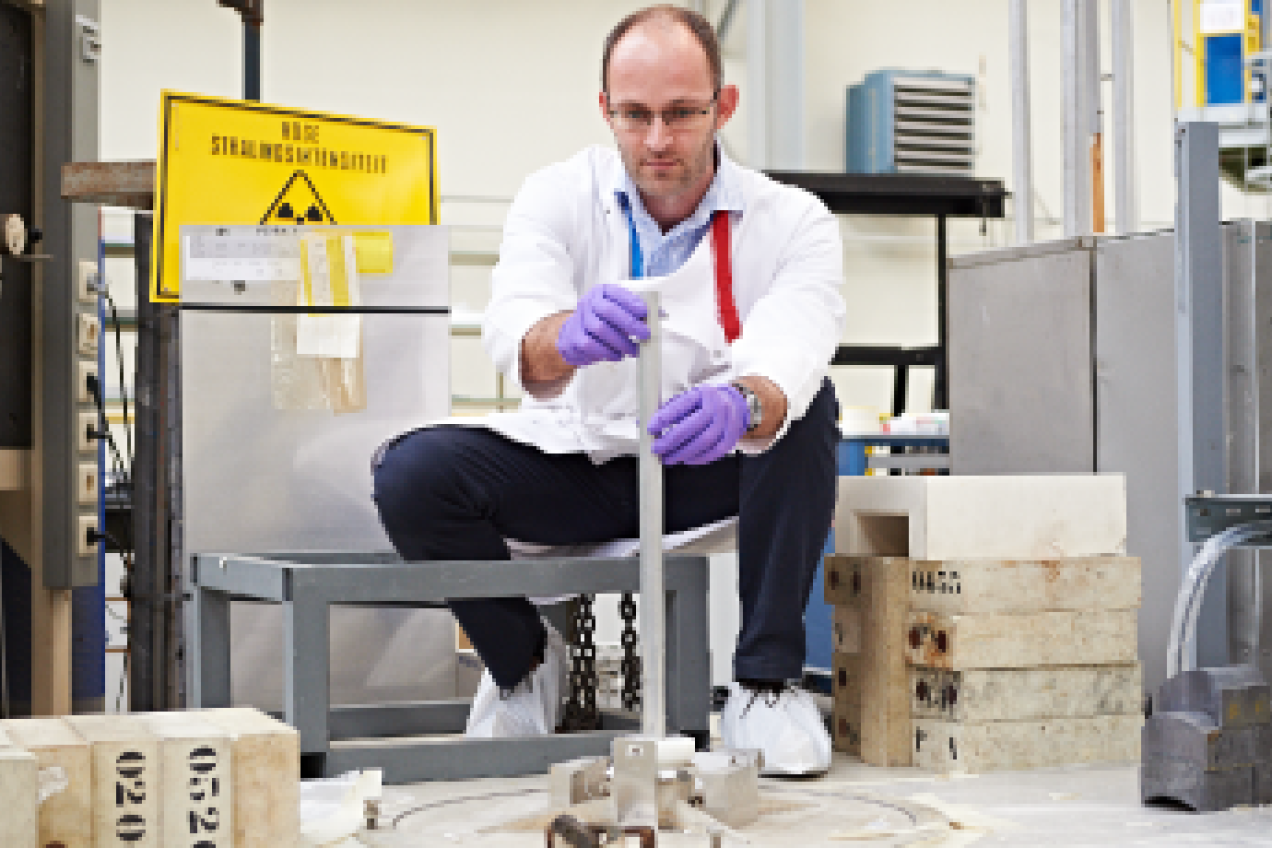
Testing detectors
Radiation is measured with special sensors. How do you know detectors work properly? This is one of our areas of expertise. We insert the sensors into BR1 and irradiate them. If they measure exactly what they should, then the test is a success.
-
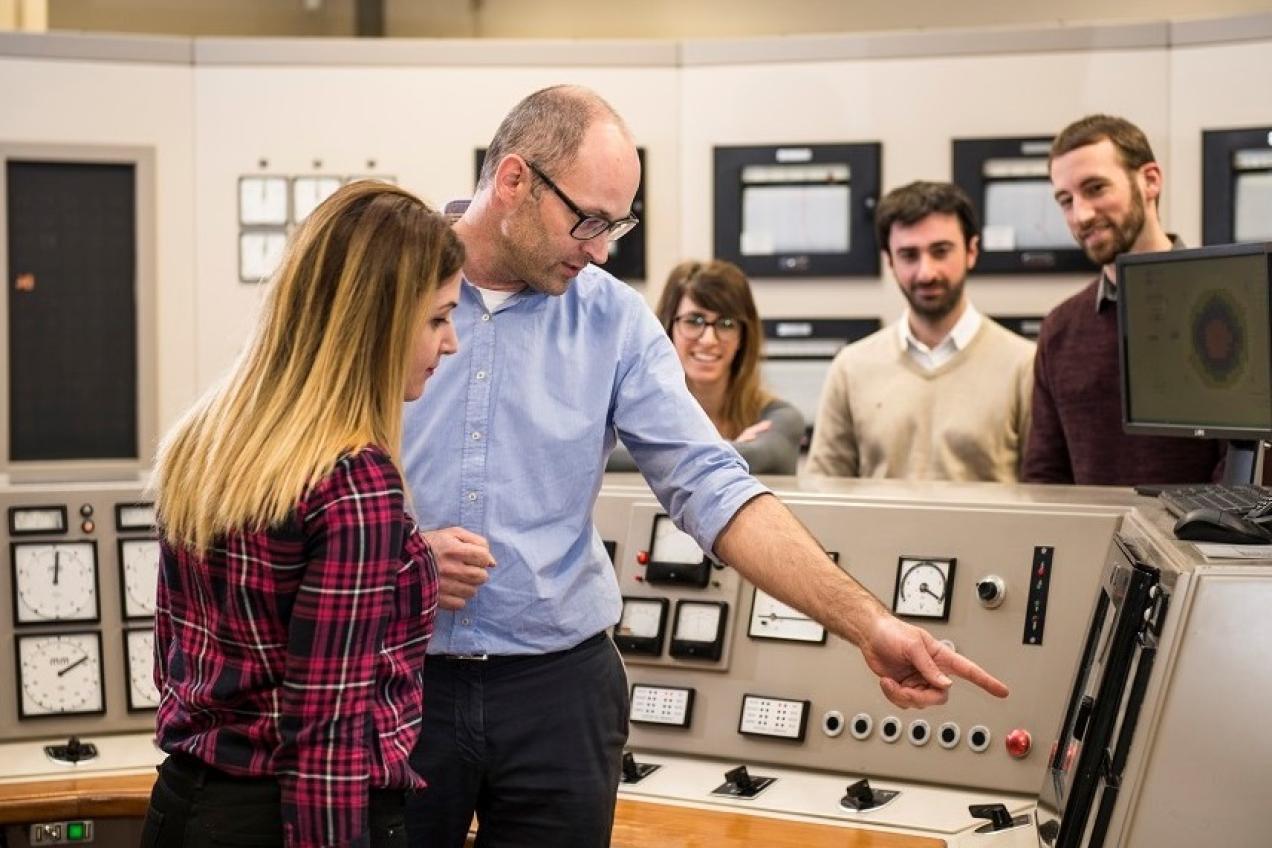
Training of nuclear experts
With BR1, we train future reactor pilots. A reactor pilot controls a nuclear reactor and must therefore know everything about nuclear reactor technology and nuclear safety. But they should also excel in operating a reactor. SCK CEN contributes to this. In the control room of BR1, they learn the tricks of the trade.
What did BR1 use to do?
BR1 used to be the prime source of information for nuclear physicists. They understood in the 1940s what radioactivity was and how a chain reaction could be maintained, but exactly how a nuclear reactor behaves and how the properties of materials changed by radiation have an impact was still a mystery. Experiments in BR1 taught them exactly how things work.
We also used to produce medical radioisotopes in the BR1 reactor. These are radioactive elements with which you can both detect and treat diseases. Medical radioisotopes are really important to society. BR2 took over this activity from BR1 and has since become a global player in this field.
💡 Want to learn more about the use of radioisotopes as a medical solution? Read more here!
The construction of BR1
The construction of BR1 took only 1 year.
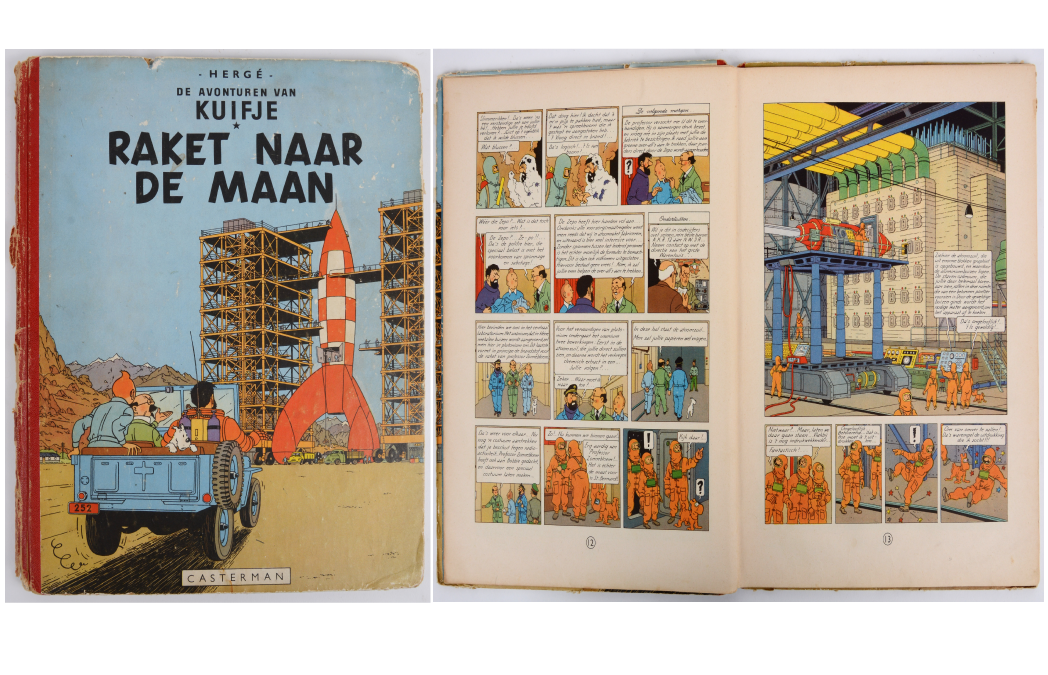
BR1 & Tintin
The Tintin album 'Rocket To The Moon' includes a cartoon version of the BR1 reactor. Hergé, the creator of Tintin, is said to have based this drawing on a 1953 design of the BR1 reactor.
